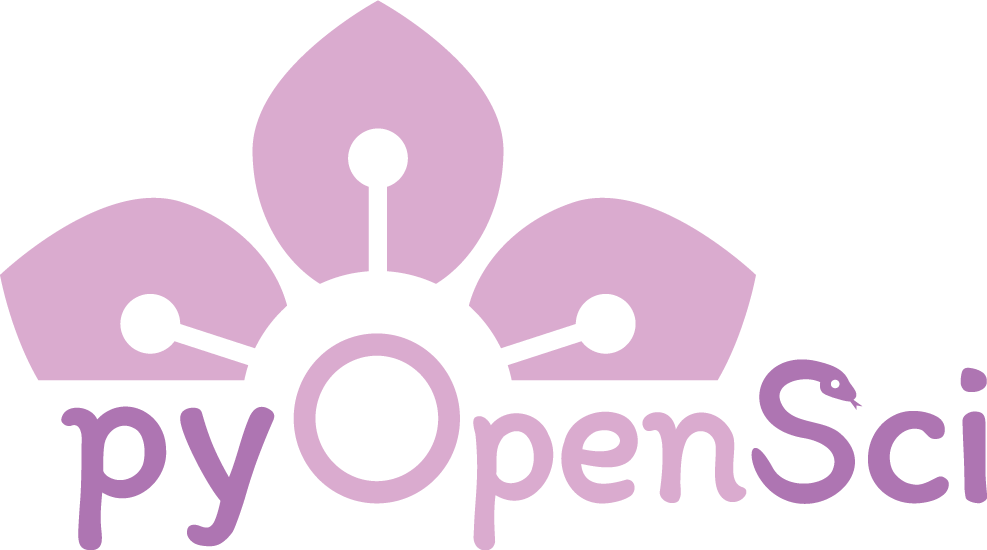Organization Structure and Leadership#
This page describes the organizational structure of pyOpenSci as they related to governance and operations.
There are two levels of leadership described below. The first is the organizational level. The second is program level.
Governing committees#
Executive council#
The Executive Council defines and steers the high-level mission, vision and values of pyOpenSci. It also sets the strategic direction and vision for the organization. The Executive Director (discussed below) is a voting member of the executive council.
pyOpenSci advisory council#
Click here to view current advisory council members.
The Advisory Council is comprised of leaders in the Python scientific open source ecosystem. This council advises the executive director in both organization level and day-to-day decision-making around
Python packaging guidelines
Peer review processes and guidelines
Program development that supports pyOpenSci’s mission
Community engagement
Most of the communication supporting advisory council activities happens in the pyOpenSci slack. The executive director will also organize monthly Executive Council meetings that focus on the high-level goals of pyOpenSci programs.
Staff roles within the organization#
Executive director#
The Executive Director creates and oversees the execution of the mission and strategy of pyOpenSci supported by the Advisory Committee. The Executive Director also:
is the primary interface to the organization’s fiscal sponsor;
coordinates day-to-day activities
develops programs that drive the organization’s mission
oversees staff and volunteers
makes tie-breaking decisions if they are at an impasse.
The Executive Director reports to the Executive Council.
In the early stages of the organization’s development, the Executive Director will take on other responsibilities including:
Managing the community in Slack and on social media
Serving as the defacto Software Peer Review Lead (below) until that position is funded.
Open peer review program: Program-level leadership structure#
Several roles and groups drive the peer review process:
Peer review lead#
The peer review lead is responsible for overseeing the entire software review process. They are responsible for:
Ensuring a diverse and active editorial board
Onboarding and offboarding new editors
Maintaining the pyOpenSci Software Peer Review Guide
Updating software peer review policies as needed
Helping editors find reviewers as necessary.
This role will also help manage conflict if it arises in the peer review process. The peer review lead role is currently held by the pyOpenSci Executive Director
Peer review editorial board#
Click here to view the current editorial board
The peer review editorial board is a group of volunteers who are advocates for open source software peer review. This group helps pyOpenSci make decisions about it’s open peer review process. These decisions including but are not limited to:
Decisions about the scope of packages accepted into the ecosystem
Decisions about how we enforce / support ongoing maintenance of accepted packages.
Decisions about how we test for, evaluate and report package quality and health.
Metrics that we collect surrounding the peer review process
Volunteers on the editorial board will serve for 1-2 years.
The editors oversee 3-4 packages a year. editorial board can be found here.
Editor in Chief#
The Editor in Chief role is a rotating position that is held by someone on the editorial board. More on this position can be found in the pyOpenSci software peer review guide here.
Volunteer reviewers#
The review process is supported by volunteer reviewers. More on the role of reviewers can be found in our peer review guide.
Fiscal sponsorship#
pyOpenSci is a fiscally sponsored project of Community Initiatives.
pyOpenSci does not have its own standalone non-profit status. Instead, it inherits this status by being a fiscally sponsored project. This means that it relies on its fiscal sponsor for major administrative and legal services, including 501(c)(3) status and financial management.

